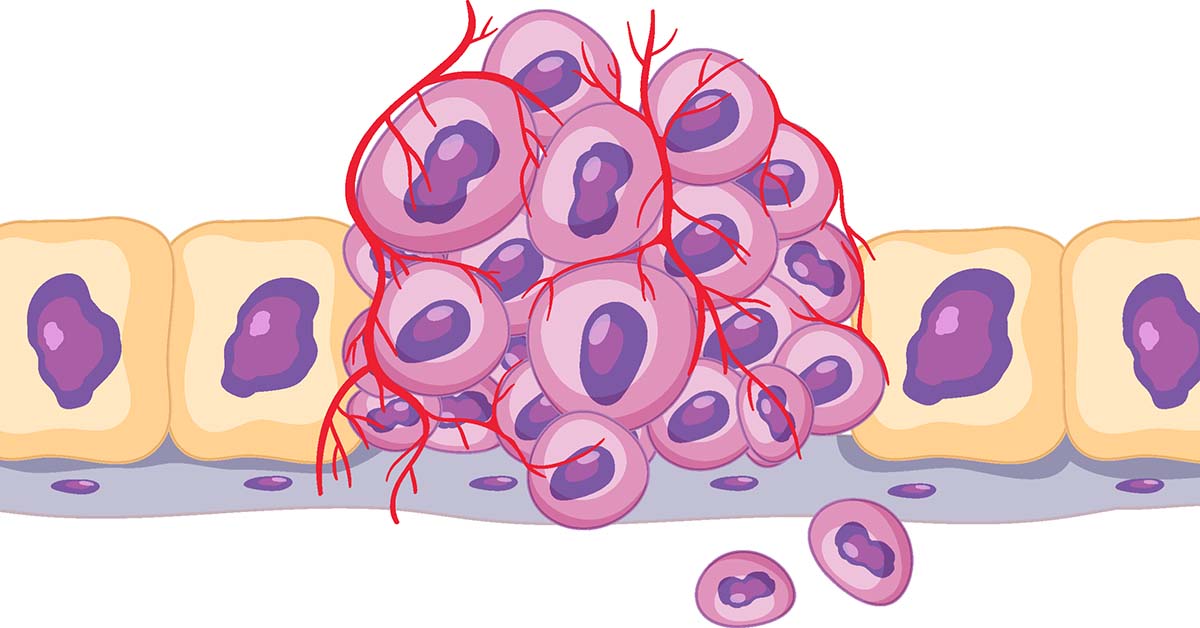In discussions on cancer diagnosis and treatment, people will often hear the terms “cancer staging” and “cancer stage” being mentioned. The terms “tumour grading” or “tumour grade” may also be mentioned. Are these just different ways of saying the same thing? Tumour grading vs staging – is there a difference?
Recap On What Is Cancer Staging
In our article on cancer staging, we explained that the stage of a cancer refers to the extent to which the cancer has developed or spread. TNM is the most commonly used system globally for staging the severity of a cancer, but there are also a number of other systems. Typically, they take into consideration some or all of the following aspects of a cancer:
- The size of the tumour;
- The degree to which it has invaded surrounding tissue or organ;
- Its spread to nearby lymph nodes or different parts of the body;
- How abnormal the cancer cells look (“tumour grade”).
You can read about staging in more detail in the staging article.
What Is Tumour Grading?
Tumour grade on the other hand, is a description of how abnormal (or normal) tumour cells look under a microscope. Less aggressive cancers look more “normal”, whereas more aggressive cancers have more abnormal looking cells. The grade of a tumour may form part of the consideration in the staging of the cancer, and helps to determine the best treatment plan for patients.
Four Grades Of Tumour Cells
There are four grades in tumour grading:
Grade 1 (Well-differentiated): Tumours in this grade have cells that are usually slow-growing, and look very similar to normal cells. The tumour cells are usually organised in a regular pattern, with nuclei that are uniform in shape and size.
Grade 2 (Moderately-differentiated): Tumour cells in this grade have a more variable appearance compared to Grade 1 tumour cells. They may be growing more quickly, and the shape or size of the nuclei may be more irregular.
Grade 3 (Poorly-differentiated): Tumour cells in grade 3 look very different from normal cells. They are also grow and multiply faster. The cells may be disorganized, irregularly shaped, and have nuclei that are abnormal in appearance.
Grade 4 (Undifferentiated): Grade 4 tumours have highly abnormal cells that do not resemble normal cells. Typically, they grow very quickly and are likely to metastasise to other parts of the body.
A tumour’s grading will be determined by a pathologist via an examination of the tumour cells under microscope.
Further Reading On Cancer
Protect against cancer, cardiovascular disease, and other chronic diseases with regular health screening. Compare and shop for health screenings from Singapore and regional healthcare providers at a single convenient platform - shop.health365.sg
This article is informative only and is not intended to be a substitute for professional medical advice, diagnosis, or treatment, and should never be relied upon for specific medical advice.






